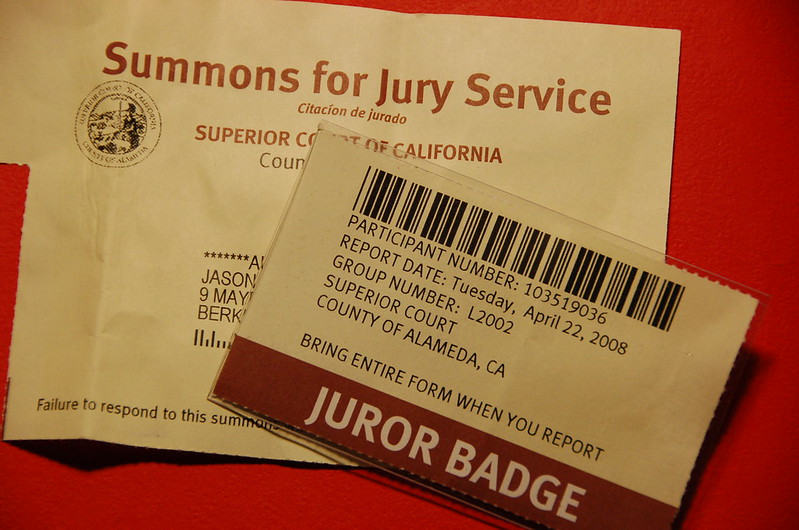
No set of beliefs runs as deep in American history as the notions that we should have impartial judges, enforceable contracts, public trials before a jury of our peers, and criminal punishments that are neither cruel nor unusual. Indeed, they are written into the Constitution and cited four times in the Declaration of Independence as reasons that Americans wished to be free of British rule.
With few exceptions, the institutions that grew out of these deeply held beliefs were created, built, and managed exclusively by local and state governments and the federal government. Why have we trusted governments to run our courts and not private interests?
Perhaps because, when it comes to decisions of innocence and guilt, people believed elected governments were more impartial than private institutions. And if punishments were to be meted out, they trusted governments to be more humane.
As a result, we have built a truly impressive judiciary system at the local, state, and federal levels. You may have a sense of these systems if you visit a county courthouse for jury duty or a municipal building to pay a speeding ticket. What may not be apparent is their size and scope.
Why so big? Because the courts serve two important purposes: criminal matters (those involving people accused of breaking a law or ordinance) and civil matters (disputes between individuals and companies). You may know a good bit about the criminal courts because of movies and TV shows.
In the federal courts, though, civil matters are a larger part of the workload than criminal cases. Federal district courts (which is where most federal cases originate) saw 277,010 new civil cases filed in 2018 and only 81,553 criminal cases. And these numbers don’t include bankruptcy filings or appeals; they’re handled by special courts.
In state and local courts, criminal cases are much more numerous—but mostly because they hear so many traffic violations. California’s superior courts (the equivalent of the federal district courts) saw a staggering 5,837,625 cases filed in 2017. 4,518,492 were criminal, but of these criminal cases 3,668,262 dealt with traffic violations. Take out the traffic violations and the number of civil and non-traffic criminal cases were close: 774,202 vs. 850,230.
The high number of civil cases filed each year tells us something important about government in general and the courts in particular. Business, commerce, and finance could not exist as they do without government support. If companies could not sue in courts and collect damages for contracts violated, intellectual property stolen, or disputes over ownership, business would become chaotic, inefficient, and maybe even impossible.
Legal systems do not come cheaply, though. California alone spent $3.7 billion on its courts in 2017. The federal judiciary’s budget in 2018 was $7.2 billion. Big amounts, but given the courts’ role as defenders of our freedoms and referees of business, reasonable ones. (By way of comparison, Americans spend nearly $20 billion a year on sneakers.) For these critically important services, you can thank government.
More information:
https://en.wikipedia.org/wiki/State_court_(United_States)
https://en.wikipedia.org/wiki/Federal_judiciary_of_the_United_States
Give the credit to: local governments 10%, state governments 60%, federal government 30%
Photo by Jason licensed under Creative Commons.
[…] written about some of the ways: through courts that mediate business disputes and interstate roads and railways that speed shipments, by insuring honest financial markets and […]